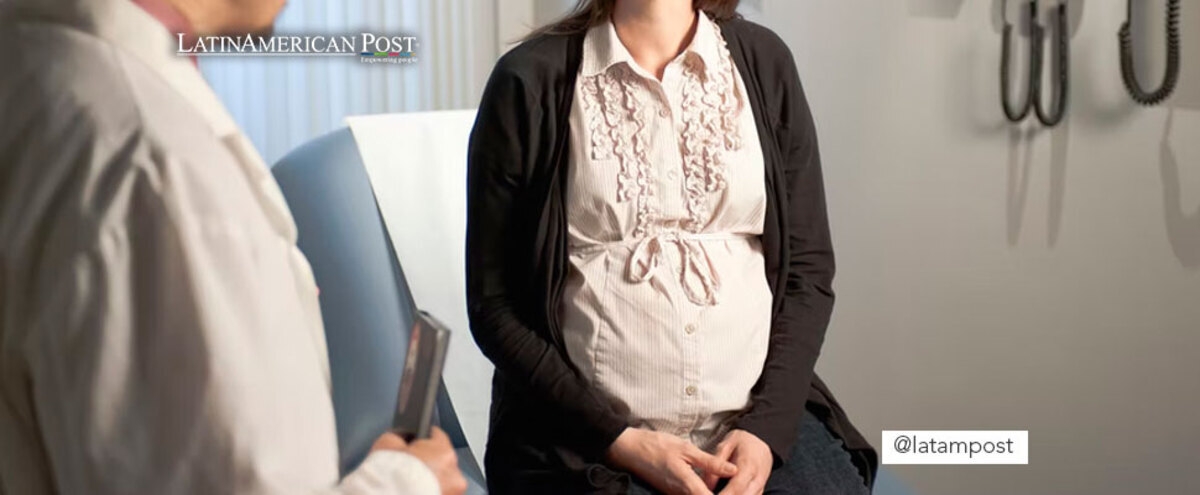The Silence Of Obstetric Violence
Every day, thousands of pregnant people face ill-treatment. Obstetric violence is real, but it is still not talked about enough.

Photo: Unsplash
LatinAmerican Post | July Vanesa López Romero
Listen to this article
Leer en español: El silencio de la violencia obstétrica
There is a western mentality of respect for pregnant women. During your pregnancy and postpartum you have certain day-to-day privileges to make your daily life a little more comfortable. Actions such as giving them seats in crowded places, among others, create a generalized mentality that they have privileges and that they are not a focus of violence. But if we stop to review a little better we can notice that it is not entirely true. Obstetric violence shows that during pregnancy both institutional violence and gender-based violence can occur and today there is a fight for it to be made visible, since it is more common than is believed, but it is also very silenced.
What is obstetric violence?
Obstetric violence occurs when health professionals have behaviors and/or practices that can become violent with pregnant people. From unethical and humane treatment, their reproductive rights are put at stake, generating both physical injuries and emotional trauma. Although obstetric violence is usually thought of towards women, it must be remembered that there are pregnabr people who do not necessarily identify as women. In that order of ideas, trans men, non-binary people, and fluid gender people can be victims of this type of violence, and even go through an even more tedious process when meeting medical personnel who do not take into account their sexual identity and make actions that are violent for not taking it into account. As we mentioned before, the idea of respect in pregnancy is towards women, not towards pregnant people.
Also read: Hope Emerges Against Metastatic Breast Cancer
However, regardless of gender identity, it is clear that obstetric violence is a problem that has been talked about very little and that has historically been seen as something that any pregnant person has to face, because the doctor, Being a health professional has superiority.
According to the special supplement "Dignity and respect in maternity care" of the Human Reproduction Program and the UN, these are the main abuses that a pregnant person faces during childbirth and the puerperium:
- People in labor are delivered by caesarean section without informed consent
- Postpartum people and their babies are detained after delivery to extort payment for care
- Nurseries swap babies for families with more power and wealth; newborns are treated roughly
- People of childbearing age are beaten and humiliated, they are ordered to clean the floor and the bed immediately after giving birth
- Pregnant women and newborns are separated
- People of childbearing age are ridiculed for their choices and forced to endure treatments they don't want
In addition to this, which happens during childbirth and in the moments following it, pregnant people receive ill-treatment during their months of pregnancy. These are some of the behaviors that can be perceived:
- Obstetric emergencies are not treated in a timely manner
- The pregnant person receives childish, paternalistic, humiliating, depersonalized or derogatory treatment
- Institutional slowness when caring for the pregnant person and the baby on the way
All this has the result that pregnancy is perceived as a violent process, when both health professionals and health institutions must have the tools, resources and attitudes to provide a service that is dignified and not humiliating.
A problem that demonstrates inequality
According to the report mentioned above, obstetric violence occurs in both developed and developing countries. But it is not a secret that it is more common in people of color, migrants, with little economic capacity and of younger ages . This shows once again that inequality continues to be the main engine that drives violence such as obstetric violence. This is a type of violence that embraces other violence: gender, institutional, professional, but also racial, social, religious, among others.
There is still a way for reproductive rights to take everyone into account for everything. Nation-states must aim to educate, but also to reconstruct the way in which institutions exercise power over individuals. Only in this way will this type of violence end.




